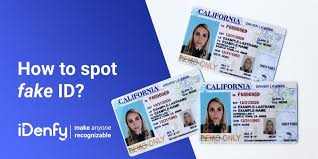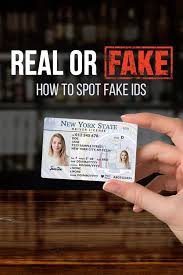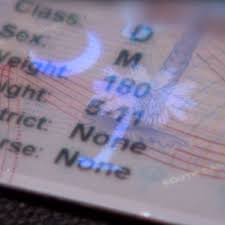Texas ID Features
Outline
1. Introduction
- Brief overview of the significance of IDs in everyday life.
- Introduction to Texas ID: Its role in identity verification and convenience.
- Importance of having a reliable identification system in a state as diverse as Texas.
2. Product Features of Texas ID
2.1 Design and Aesthetics
- Color schemes and layout of the Texas ID.
- Unique graphics and symbols that represent Texas culture.
- Overview of the ID card size and shape.
2.2 Security Features
- Use of holograms, watermarks, and other anti-counterfeiting measures.
- RFID technology for enhanced security.
- Biometric data options for identity verification.
2.3 Functional Features
- Information displayed on the ID: name, address, date of birth, and more.
- Use of the Texas ID for various services (banking, travel, etc.).
- Expiration dates and renewal processes.
2.4 Accessibility and Convenience
- Process of obtaining a Texas ID.
- Availability in different locations (DMV offices, online services).
- Cost of obtaining and renewing the ID.
3. Market Analysis
3.1 Target Audience
- Demographics of Texas residents who require an ID (age, occupation, etc.).
- Analysis of different user groups: students, professionals, seniors.
- Importance of the ID for undocumented residents and immigrants.
3.2 Competitive Landscape
- Comparison with IDs from other states (California, New York, etc.).
- Strengths and weaknesses of Texas ID in the current market.
- Trends in identity verification technologies.
3.3 Regulatory Environment
- Overview of government regulations affecting ID issuance.
- Impact of legislation on the security and features of Texas IDs.
4. User Experience and Testimonials
4.1 Personal Stories
- Real-life examples of how the Texas ID has made a difference for individuals.
- Testimonials from users highlighting the ease of use and security.
4.2 Common Challenges
- Issues faced by residents in obtaining or using their Texas IDs.
- Solutions provided by the Texas ID system to overcome these challenges.
5. Conclusion
- Recap of the importance of Texas ID features.
- Final thoughts on how Texas IDs empower residents and enhance their daily lives.
- Call to action for residents to obtain their Texas ID and enjoy its benefits.
6. FAQs
- Common questions about Texas ID, including:
- What documents are needed to apply for a Texas ID?
- How long does it take to receive a Texas ID?
- What should I do if I lose my Texas ID?
Expanded Section: Product Features of Texas ID
2.1 Design and Aesthetics
The Texas ID card is not just a functional document; it’s a representation of Texas pride. Featuring vibrant colors, including the iconic blue and red, the design incorporates elements like the Texas state flag and the Lone Star, symbolizing unity and independence.
2.2 Security Features
Security is a paramount concern in today’s world, and the Texas ID addresses this with advanced measures. Each ID includes a holographic seal that changes color when viewed from different angles, making counterfeiting nearly impossible. Additionally, the incorporation of RFID technology allows for seamless identity verification at various checkpoints, such as airports and banks.
2.3 Functional Features
The Texas ID serves multiple purposes beyond mere identification. It is accepted across a wide range of services, from opening a bank account to boarding an airplane. The information included on the ID is critical for verification purposes and is updated regularly to ensure accuracy.
2.4 Accessibility and Convenience
Obtaining a Texas ID has never been easier. With multiple locations throughout the state, residents can apply in person or utilize online services. The application process is streamlined to minimize wait times, and the nominal fee associated with obtaining the ID makes it accessible to all Texans.
Conclusion
The Texas ID is more than just a card; it’s a key to opportunities and services within the Lone Star State. With its comprehensive features, robust security, and user-friendly design, it stands as a model of modern identification systems.
 Novelty ID
Novelty ID
 Student engagement tools
Student engagement tools
 Online ID services
Online ID services
 Scannable fake ID
Scannable fake ID
 Identification solutions
Identification solutions
 Student ID card benefits
Student ID card benefits
 Realistic ID
Realistic ID
 Digital ID cards for students
Digital ID cards for students
